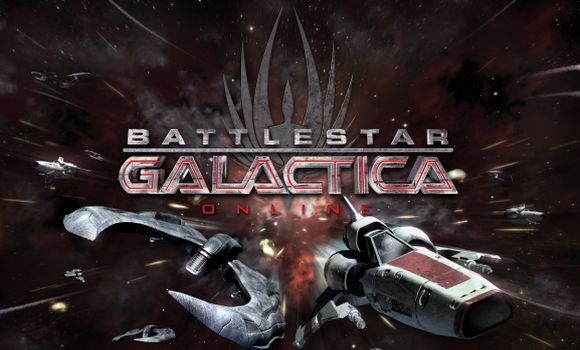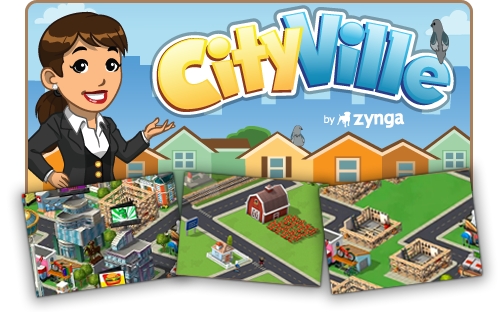DFC Intelligence recently predicted that over the next five years, the free-to-play social/browser market will grow from $3.2 billion in 2011 to $7.5 billion in 2016. F2P games on social networks are expected to grow 173 percent from 2011 to 2016, reaching $6 billion. North America has been a leader at providing social network F2P games with 36 percent share of revenue in 2011.
Those are startling numbers are a sign of where the focus of the video gaming industry will be heading over the next decade and beyond. We talked with David Cole, President of DFC Intelligence, to find out what the situation with free-to-play social/browser games is and how it will play out.
What do you see driving the growth for social and browser games over the next five years, will it be what’s elevated it recently or will it be a new trend?
I think what is really driving the growth in U.S. is Facebook and Zynga; in other markets like Europe it is driven outside of Facebook. Bigpoint was able to build their own social network completely independent of Facebook. Granted, they’re targeting very different audiences, with Bigpoint going after traditional gamers that might play World of Warcraft. Zynga hasn’t really driven that in the U.S.; Zynga has targeted the casual game industry, those playing games on Pogo and they really found a new model to attract those type of gamers. There’s an audience of core gamers that play consoles on PC, but for browser games, it’s a click of a button and you’re in. For PS3 and Xbox 360 you have to wait sometimes five minutes to get into the game, between turning it on and waiting for a patch to download – with the social and browser games, they work instantly. They also work on a variety of platforms, and a PC is becoming a global necessity whereas a video game console system is really a luxury. In an emerging market, people might have a low-end PC and these games work on those sorts of systems. Having a common platform that reaches masses is key.

Originally, many of the free-to-play games coming to the U.S. were from Korea and most only managed a modest amount of success. Do you think that games better suited to the Western tastes have helped raise the profile of the free-to-play space?
Really it comes down to the simplicity. The problem with many of those Asian games is that they were targeting the more sophisticated gamers, and you had all the same barriers to access. They were basically like full retail games and they were very complex, so the audience was limited. These browser and social games can reach a huge audience. Nexon is doing very well with their products, but if you look at their audience compared to Zynga, it’s two completely different audiences. These things aren’t mutually exclusive, you have to look at the audiences. Someone’s who’s going to play an Xbox 360 game is different than a CityVille gamer; there’s some cross-over but it’s a diversion. For larger client based games, there’s some hassle in downloading and getting started. Those games are going after the WoW audience whereas the browser games have tapped into a new audience.
Do you think that social game companies will try to diversify away from Facebook if they can afford to?
I think the successful ones have to. And when you’re talking about Facebook, you’re talking about Zynga. There’s been some success stories, and Zynga’s very strong there, but that’s only about 20 percent of the worldwide market and it’s key reaching that other 80 percent that aren’t as active on Facebook as the North American audience. Facebook is going to be really saturated and there’s an opportunity to do what Bigpoint has done. What you want is multiple games, different sorts of games, making what you have its own social network, that is probably the biggest growth opportunity for companies that aren’t Zynga.
Where do you see mobile’s role in the expansion of social/browser games?
Clearly, you look now at what social companies are doing, they are looking to do mobile and smartphones versions of their products. It’s good so that you can keep up with your game on the road; I look at it as an added feature for these games. There’s been a lot of misinformation about the mobile game market and numbers that are flat out wrong, however. The revenue of a mobile game is usually a fraction of a hit free-to-play game on PC. If you’re launching a mobile game you have to think that you’re competing with all these other apps and dedicated mobile games. So I think really it becomes a major issue for anyone developing a mobile application, they’re not just competing against other apps, they’re competing with sophisticated games designed for the platform.
What are the advertising opportunities for marketers with these sorts of games. Your report said Zynga spent about 6 times more in marketing in 2011 than it did in 2010, $234 million versus $38 million.
In terms of advertising, if you look at Zynga, they’ve moved far away from advertising and they’re doing offer-based deals. If you look at their bookings, they’re doing a lot of money on those deals with user payments. I think the opportunities for marketers are, if you create a F2P game and you get people involved and you’re really going with a a pure F2P game, the possibilities exist for you to really build a product that’s fun to play – there’s all sorts of opportunities. That’s where the opportunities are rather than advertising around games. It’s more about taking a strong brand that they want people to engage with and building something from the ground up.

How worrisome is the pernicious trend of game clones?
It’s a big issue. There’s always been cloning in the casual games space. What it results in is you have games more as commodities and you have consumer fatigue. Then you have companies that don’t really care. What it causes is that they increase the development budget to make their products stand out. Really I think the focus in the report was, ‘how do you make money from these products’ but if costs double [to develop] it could mean that profits will go down. You’ll have to spend money on all facets to make money.
That’s a major highlight of the report. It’s no longer just throwing a game up there; if you look at Zynga and Bigpoint they’ve got huge development teams, you look at how Zynga’s marketing budget has increased. Bigpoint is able to use Battlestar Gallactica and that raises the bar for everybody and you have to put in a certain level of effort to compete.
Anything you’d care to conclude with about the report?
The most important thing from the report is that while people define the space as Facebook games, for us we look to it as games that are simple to play without having to install special software. Because of that I think the Zynga/Bigpoint model is the way to go – you try and take that audience and migrate them to a bunch of other gamers. Being able to migrate your audience is how to be successful in this business.
David, thanks.
To find out more about the report, please check out dfcint.com.
_ _
Play social/browser games Expect the free-to-play industry to grow Join the discussion on Facebook.

